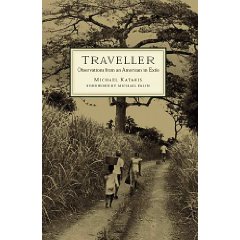I can’t believe I was lucky enough to be in Philadelphia over Christmas and catch up with the 250-image exhibition Paul Strand: Master of Modern Photography at the Philadelphia Museum of Art, which ended January 4. Sometimes you win.
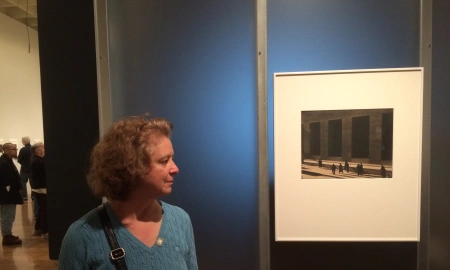
Paul Strand: Master of Modern Photography – at the Philadelphia Museum of Art, ended January 4, 1915. I’m viewing one of Strand’s most iconic images, Wall Street, New York, 1915. This is a vintage 1915 platinum print and worth the trip in itself.
Strand studied photography first with Lewis Hine. Then, after a visit with Alfred Stieglitz at Stieglitz’ NYC gallery, Strand became impassioned about his own voice through photography. But most importantly for every contemporary photographer, Paul Strand took the pictures that make you what you are today.
Again, this is why every serious contemporary photographer should be a student of photo history. Paul Strand was the first to take photographs that had nothing to do with the aesthetics of painting. He was the one who first photographed a picket fence, a still life of pottery and fruit, a street person. It’s difficult for us to imagine these “firsts” in photography – the first image taken from above (Alvin Langdon Coburn), the first radically-angled photograph of a building (Rodchenko). When Stieglitz featured Strand’s work in an issue of Camerawork, the world of soft-focus “art” photography imploded. Strand’s images focused on the relevance of everyday life, the humanity he viewed through the lens, not the pictoral.
Back to the exhibit – comprised of 250 images selected from the Museum’s archive of approximately 4,000 prints. It was a terrific overview and a once-in-a-lifetime exhibit for the viewer. But it did confirm that his early works are the game-changers for me, while later series of work, based on his travels to different countries and villages, as well as many long-exposure images of the natural world, are less important to the story of photography.
Strand’s extraordinary portraits could easily be a complete exhibit in themselves, and the exhibit includes many made with his 8×10 view camera, also on view. His early portraits of his wife, Rebecca, remind us of Stieglitz’ portraits of O’Keeffe, and that’s not surprising seeing as the photographers spent a lot of time together.
An image that really struck me was the tiny Workers’ Bicycles below. It is perfect. But when I saw it enlarged (maybe 16×20?) as a print in the gift shop, it had lost everything important. The intimate size of the image in the exhibit transformed the content into a magical viewing experience that the enlargement completely negated. It was an interesting lesson to see once again: sizing images for presentation plays a major role in the image’s success.
The Philadelphia Museum of Art Strand exhibit taught me much and for photographers, studying Strand’s work should be an ongoing education. Knowing the works of the pioneers of the medium is the first step to any artist finding his/her own unique vision. It prevents the artist from thinking they have invented the wheel, so to speak.
There’s an extensive catalog for the exhibit. If you didn’t get there in person and you want to see what the life work of a master looks like, make the investment for sure.
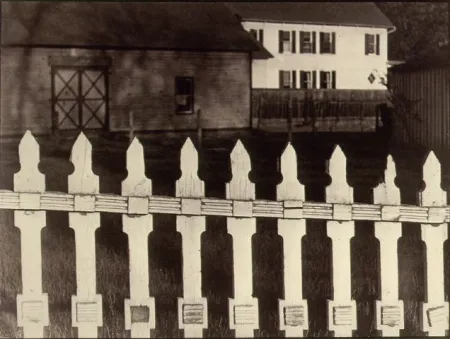
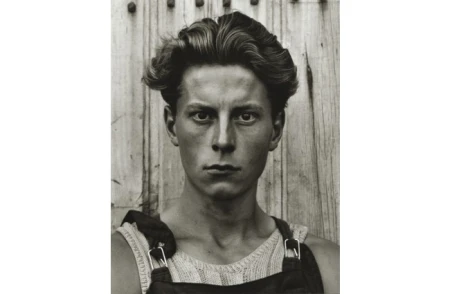
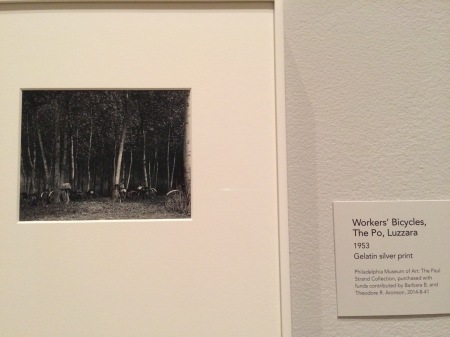
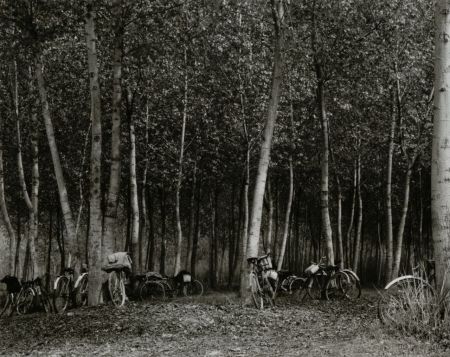
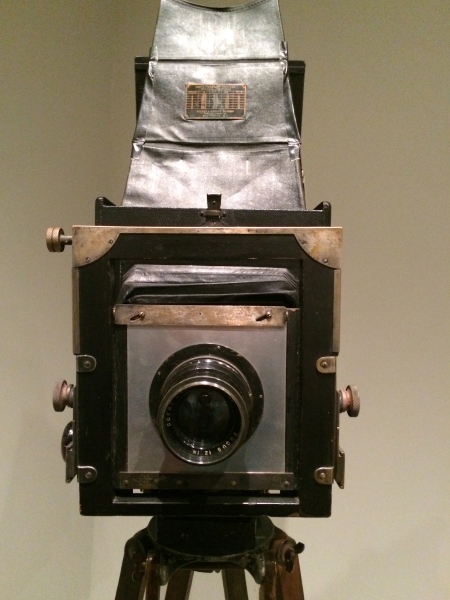
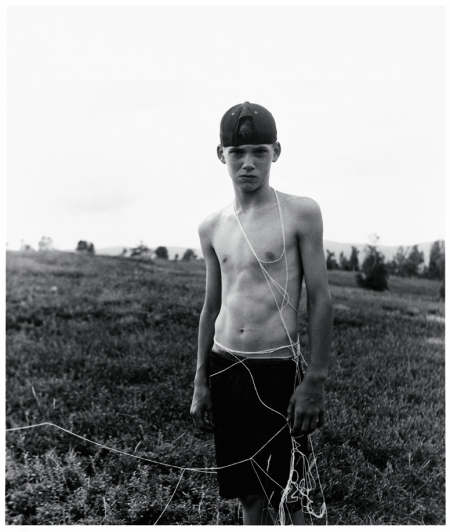
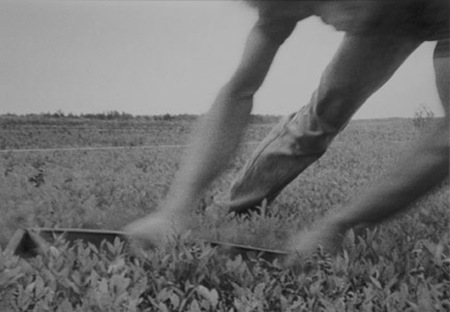
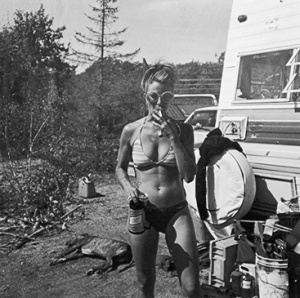
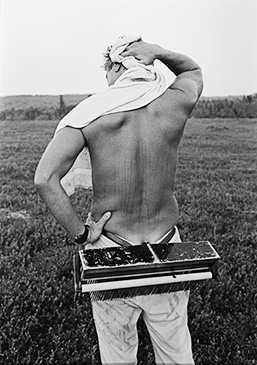
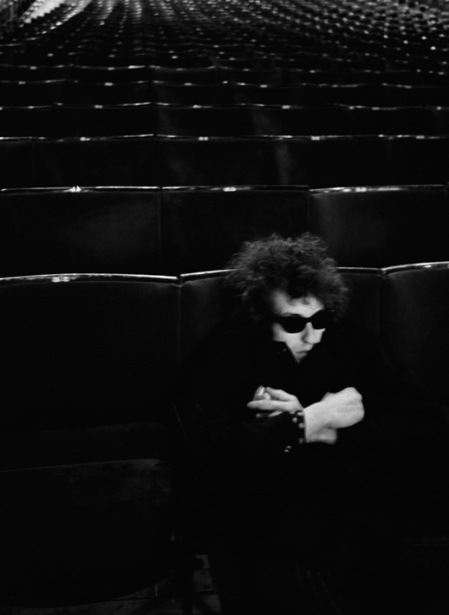 Bob Dylan, Royal Albert Hall, 1966 © Barry Feinstein
Bob Dylan, Royal Albert Hall, 1966 © Barry Feinstein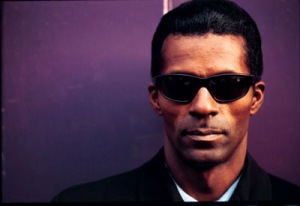
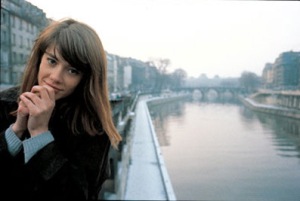
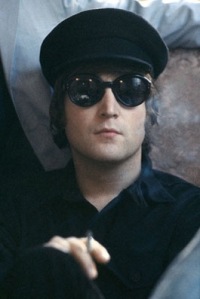
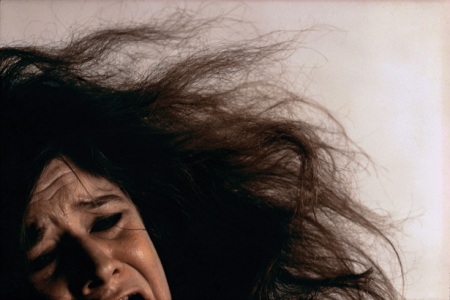
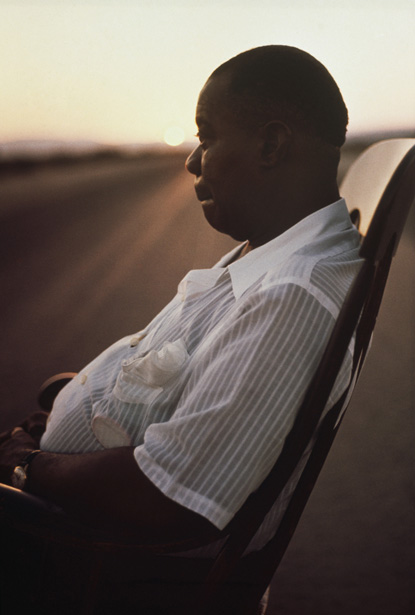
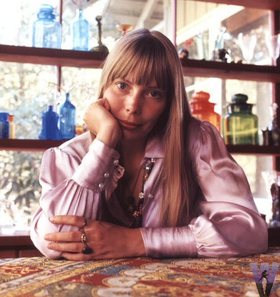 Joni Mitchell, 1968 © Baron Wolman
Joni Mitchell, 1968 © Baron Wolman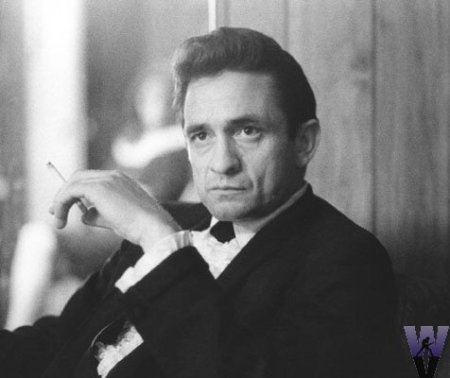 Johnny Cash Backstage at the Circle Star Theatre, Redwood City, CA, 1967 © Baron Wolman
Johnny Cash Backstage at the Circle Star Theatre, Redwood City, CA, 1967 © Baron Wolman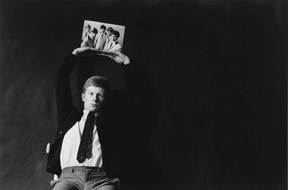
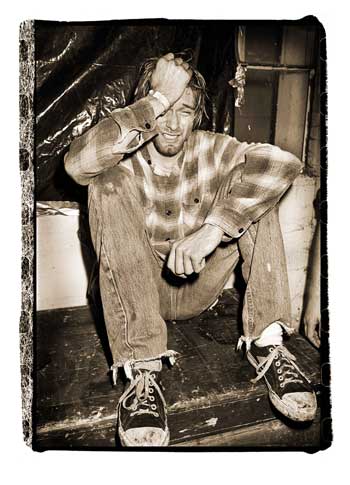
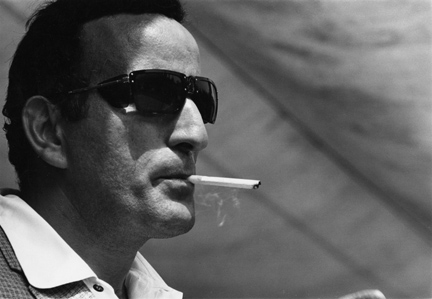
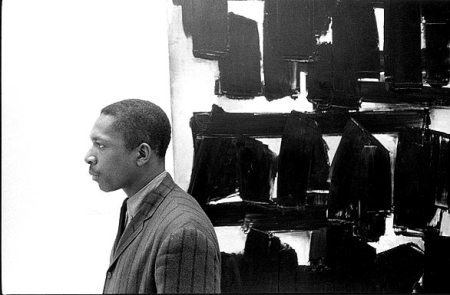 John Coltrane at the Guggenheim, NYC, 1960 © William Claxton
John Coltrane at the Guggenheim, NYC, 1960 © William Claxton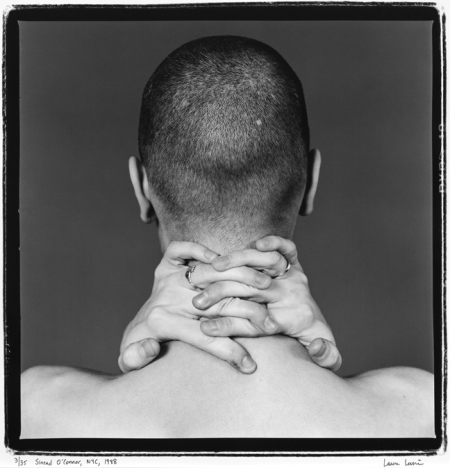 Sinéad O’Connor, NYC, 1988 © Laura Levine
Sinéad O’Connor, NYC, 1988 © Laura Levine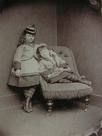 Beatrice and Ethel Hatch by Charles Dodgson
Beatrice and Ethel Hatch by Charles Dodgson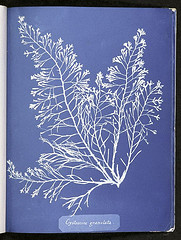
 Above: Talbot’s salted paper print from calotype negative “The Ancient Vestry”, 1845.
Above: Talbot’s salted paper print from calotype negative “The Ancient Vestry”, 1845.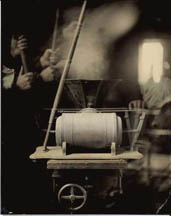
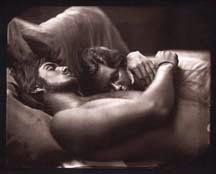
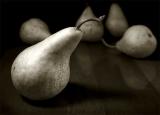
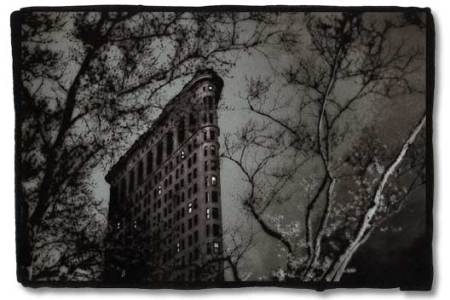 Flatiron in Spring, New York II” © Dan Burkholder
Flatiron in Spring, New York II” © Dan Burkholder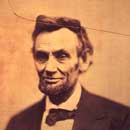
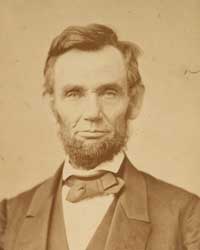
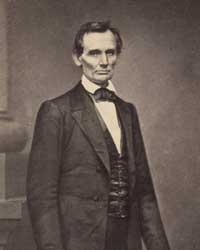
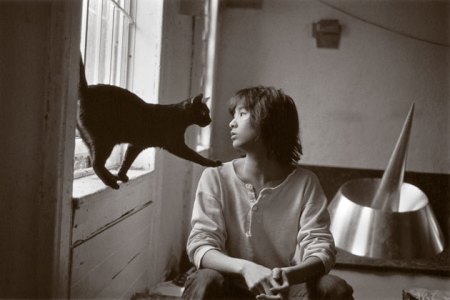 © Michael Katakis, National Portrait Museum, Smithsonian Institution; gift of Michael Katakis in memory of his father, George E. Katakis. All rights reserved.
© Michael Katakis, National Portrait Museum, Smithsonian Institution; gift of Michael Katakis in memory of his father, George E. Katakis. All rights reserved.